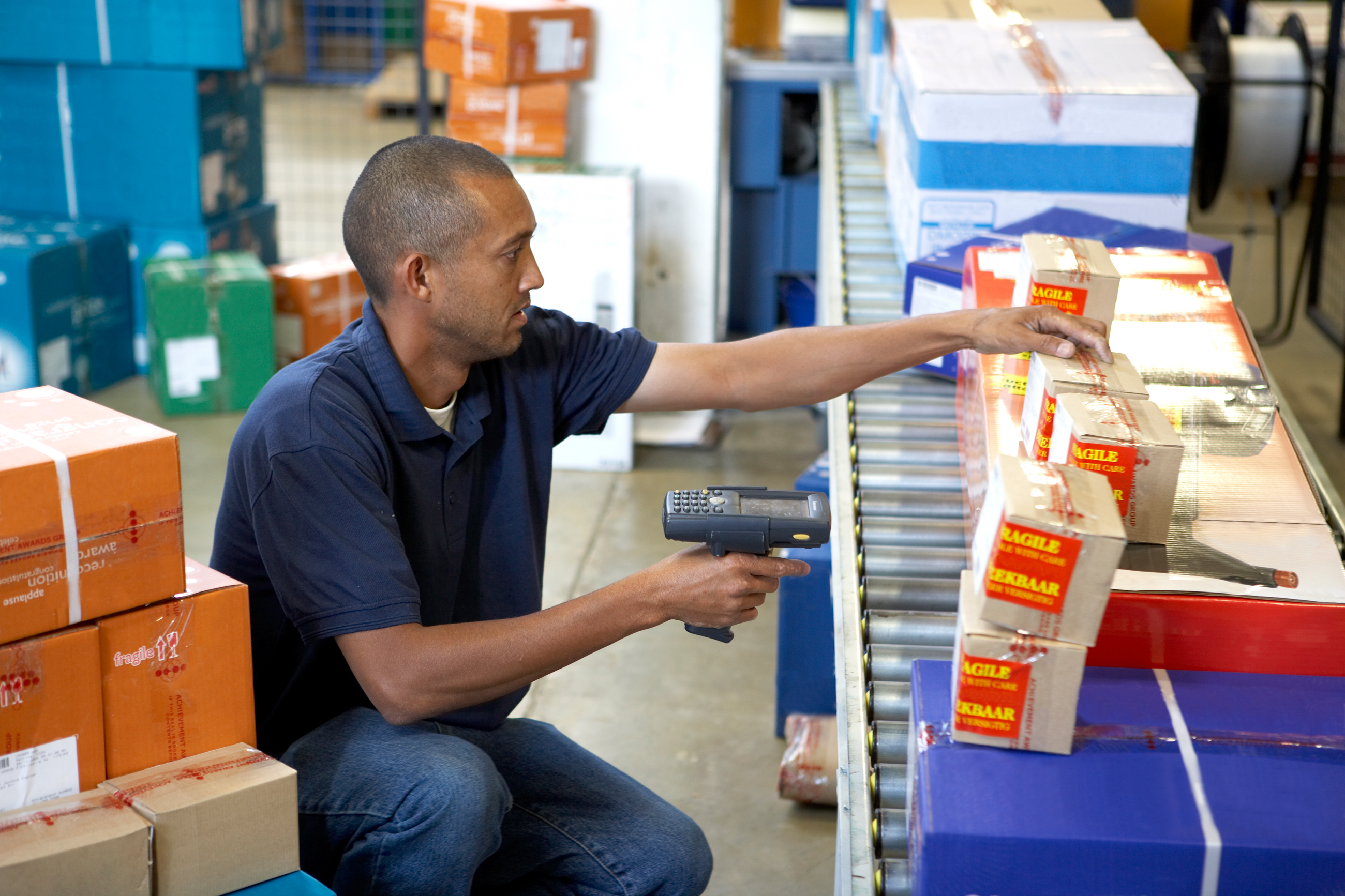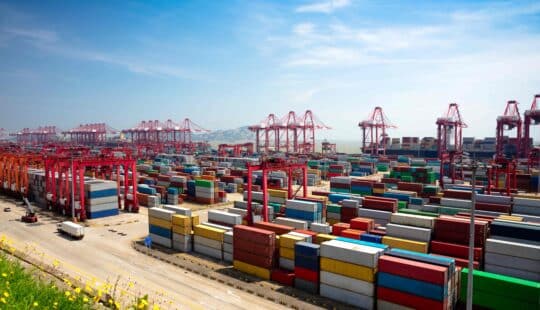Much like economies, communities and individuals, businesses directly impact each other, especially when they are part of the same value chain. This year alone, a single tanker got stuck in the Suez Canal, making businesses worldwide collectively lose $400 million per hour for more than six days. Then came a crack in a Mississippi bridge that delayed deliveries for months. All the while, unpredictably violent storms, border closures, tariffs, and broken trade agreements continue to disrupt the ability to move goods.
Meanwhile, the bullwhip effect of consumer demand continues to catch up with midsize companies that produce components for their B2B customers’ value chain. When their customers are expected to fulfill consumer needs and preferences with fast innovation and even quicker delivery, keeping up with orders – while protecting their workforce, sustainability impact, and profitability – becomes challenging without the proper support.
A connected supply chain is a responsive supply chain
What’s more important? That one question always runs across my mind when a significant market disruption or opportunistic shock happens. Even when the figurative floor dropped last year, I initially said uncertainty, cash flow, and employee safety were primary concerns.
But after watching market behaviors evolve, driving operational efficiency and building supply chain resiliency should be top priorities when dealing with such volatility – and midsize companies are beginning to take note.
According to IDC Info Snapshot, “Business Reimagined: Driving Efficiency and Resiliency,” sponsored by SAP, 33% shared that “becoming more agile and flexible” is a top-five business priority, which has never been the case in the past.
Industry differences aside, delivering on these goals requires improved connectivity across the supply chain with three fundamental capabilities:
- Extended planning and analysis to sense, predict, and respond to change more productively
- Industry 4.0 to increase productivity and agility through sustainable processes and practices across the supply chain
- Business networks to strengthen collaboration with suppliers and B2B customers
By having these tools in place, midsize businesses can position themselves well to respond to changes in their B2B customers’ value chain. As a starting point, integrated planning and analysis can be used to enable fast, accurate, and confident decision-making enterprise-wide, even when employees are scattered across multiple time zones.
Industry 4.0 technologies can help midsize companies gain further efficiencies by optimizing manufacturing processes and pivot operations in response to their customers’ demands. This approach allows the production floor to fabricate more components and satisfy customization requirements without needing more physical space and equipment.
Furthermore, by embedding sensors into those parts, the business gains tremendous volumes of data that can help improve the way the component performs and identify opportunities to add value to their customers’ finished goods.
A business network is another key technology that helps boost supply chain efficiency for midsize companies. By participating in an ecosystem of suppliers that can be tapped to lower costs, increase quality, and help ensure service reliability. More importantly, the entire customer experience becomes more straightforward and impactful with quick access to order status, product availability, and expected delivery times.
By adopting these three technologies, a common thread of connectivity and transparency transcends across the supply chain – end to end. The more willingly the business shares with its organizations and customers, the greater its capacity to efficiently support customers during every change.
For example, a clear differentiator for many midsize companies is running environmentally friendly and socially responsible operations. To demonstrate this edge, businesses must exchange sustainability data with their customers and obtain the same from their suppliers.
Even large enterprises such as Microsoft and Mercedes Benz are engaging their suppliers, which are typically medium size, to provide data about the sustainability of the components they supply. If the data is favorable, the supplier moves up on the preferred vendors list.
There’s no going back – just forward with efficiency
While the challenges that midsize companies face are no different from those experienced by their larger competitors, they have a distinct opportunity to navigate and rise above them with greater efficiency and resiliency. The key is creating an interconnected ecosystem of shared and operationalized data that gauges every minuscule shift that can impact their supply chain and gives their customers consistent clarity and peace of mind.
Read the IDC Info Snapshot, “Business Reimagined: Driving Efficiency and Resiliency,” sponsored by SAP, to explore additional insights and recommendations on how to drive efficiency and organizational resiliency into your midsize company. And if you’d like to explore this topic further, the Info Snapshot includes a link to an on-demand interview with the author, IDC analyst Shari Lava.
This article originally appeared on Forbes.



